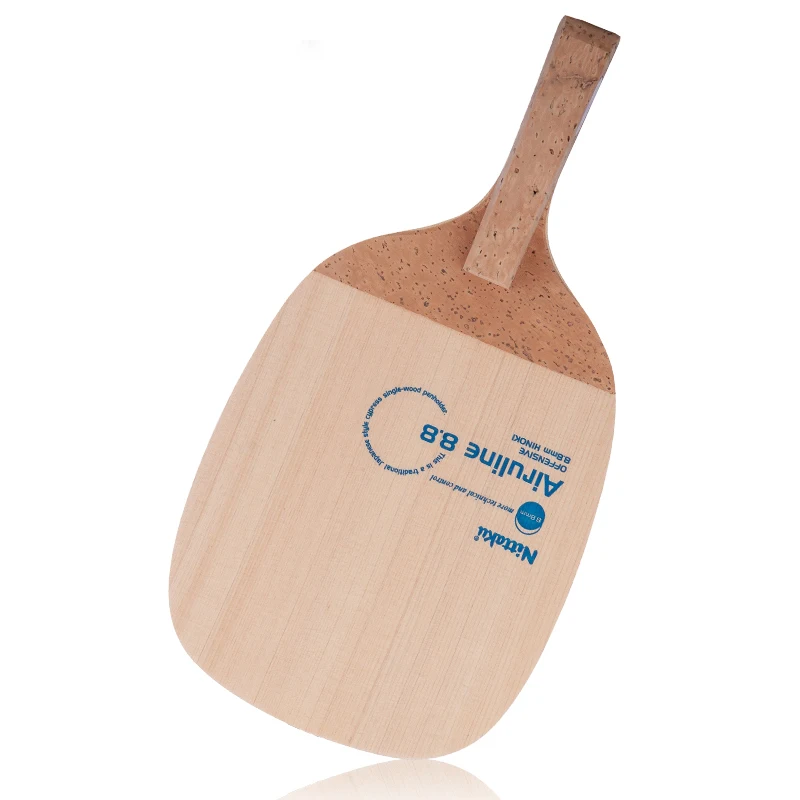But why?
Long story short, it makes it to where the most crucial points in a very tight match are played with you having the serve. That's the short answer.Here's the long answer explaining how this works.
First lets get this out of the way. This has no bearing on any match where one wins by a considerable margin. Either in game count or individual game score. If someone wins 3-0, then this doesn't matter. If someone wins 3-2 and that final score of the game was 11-5, it doesn't matter.So where does it matter?
It matters in the tightest, closest of matches. Those 2-2 game counts and heading down the stretch looking dead even.Here's specifically how it works and where it comes into play.
Game 1 - Opponent starts serveGame 2 - You start serve
Game 3 - Opponent starts serve
Game 4 - You start serve
Game 5 - Opponent starts serve (the final game in a best 3 out of 5)
Game 6 - You start serve
Game 7 - Opponent starts serve (the final game in a best 4 out of 7)
Whether you play best 3 out of 5 or 4 out of 7, it doesn't matter. In either case, in the final deciding game, your opponent starts serve and that's what you want.
Why is it important that my opponent start the game serving on the final game? Well if that's the case, in all crucial points where the score is close at the end, you're either serving to save yourself from elimination or serving to win the match. It's not a huge advantage but an important one.
8-10 | If you are behind, you are serving to save off elimination. If you are winning, you are serving twice for the match.
9-9 | Here with the next two most important points in the match you are serving them both.
Ad-In | You are serving to win the match
Ad-Out | You are serving to save off elimination.
As mentioned before. This only applies on the final game in the closest of matches. If the opponent wins that final game 11-7, who cares. They beat you soundly in that game.
However, if there's any advantage to be had in a coin toss, this is one of them. Make as well take every bit you can get.
Still not convinced? Well if you don't take my word for it, then take Ma Long's word for it as he won the coin toss in his match vs Fan Zhendong in the WTTC final this year and elected to receive. And what happened? Ma long had the serve at Ad-In 11-10 in the final game and got what he wanted. Serve & 3rd ball attack for the Championship.





